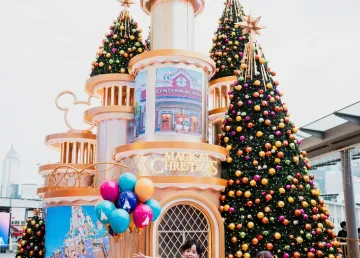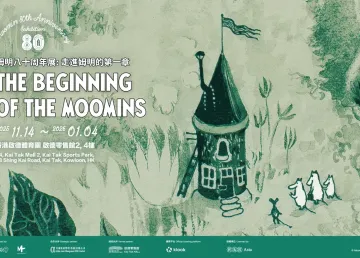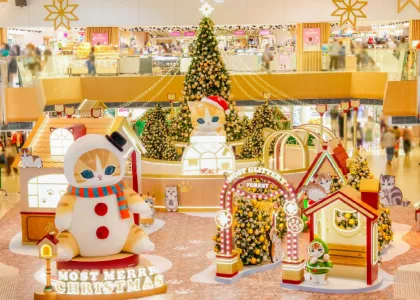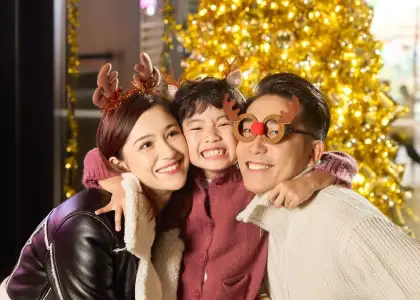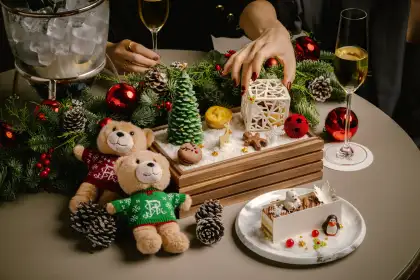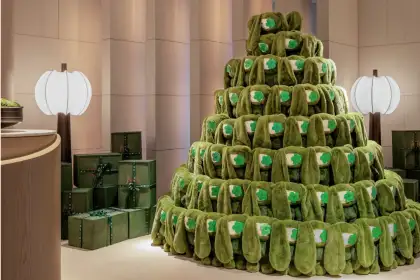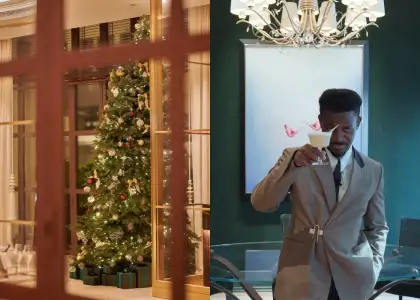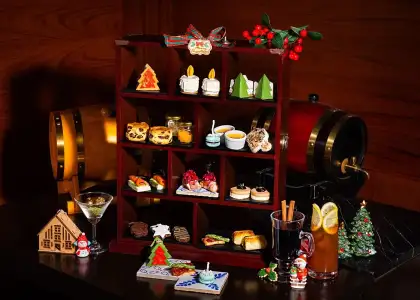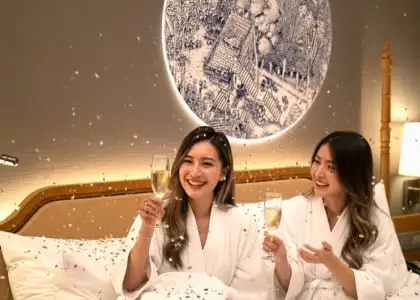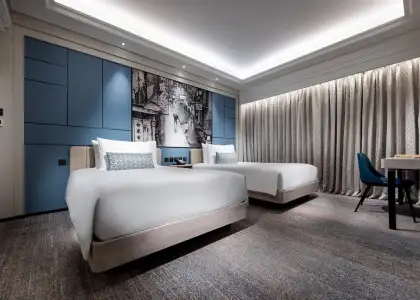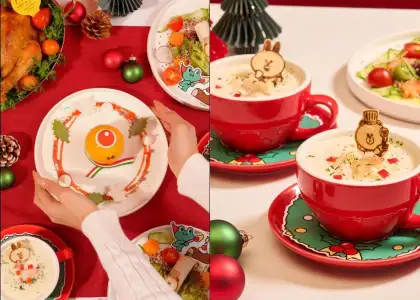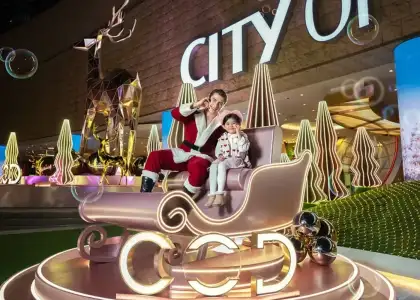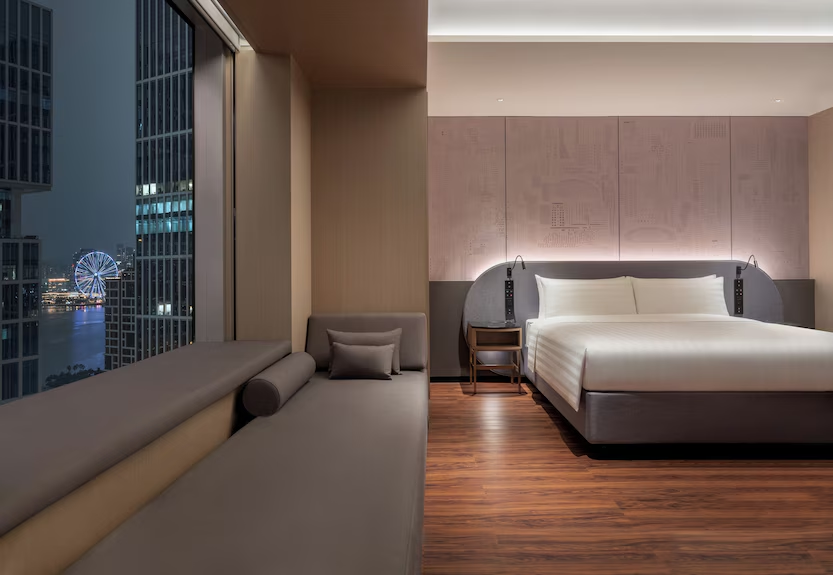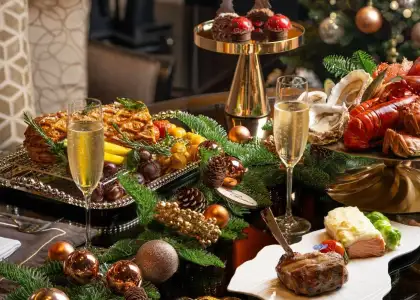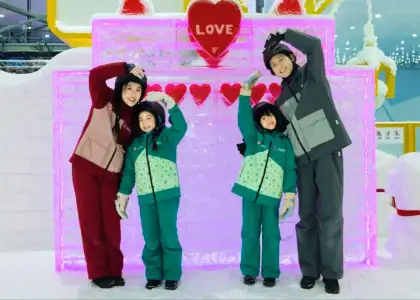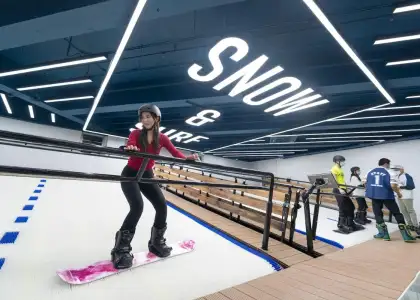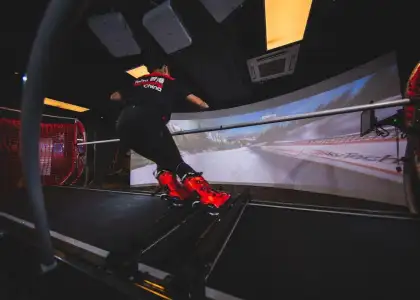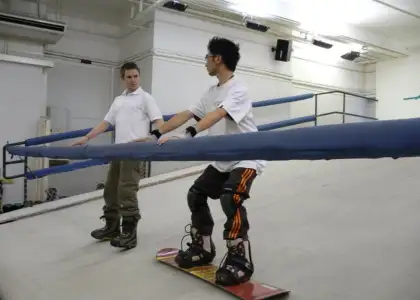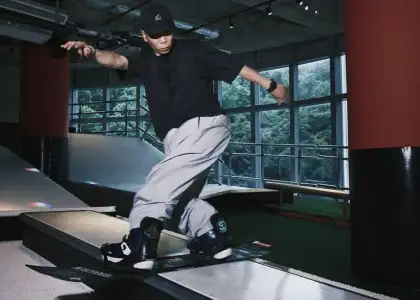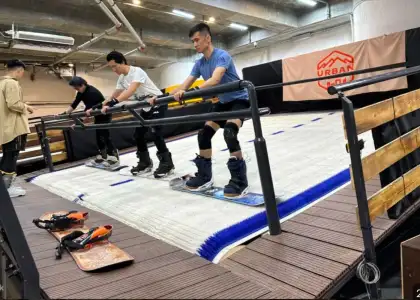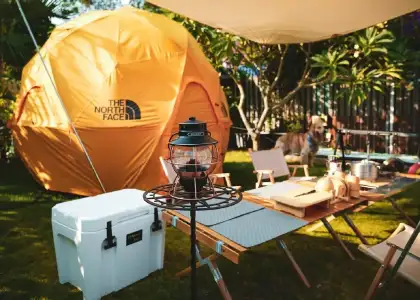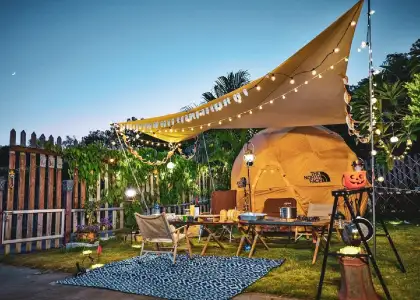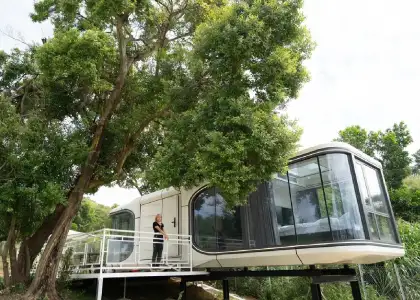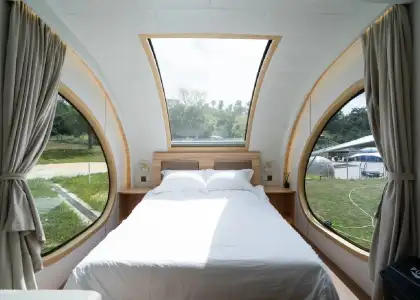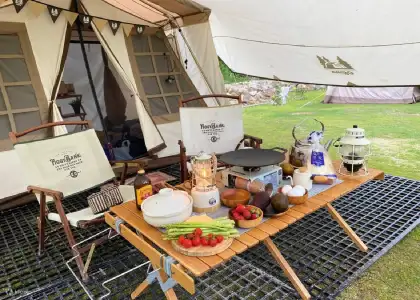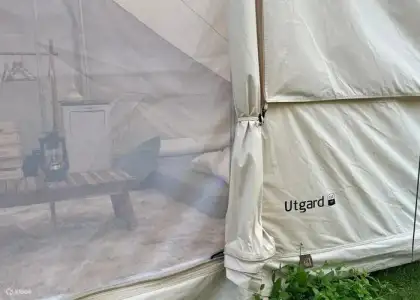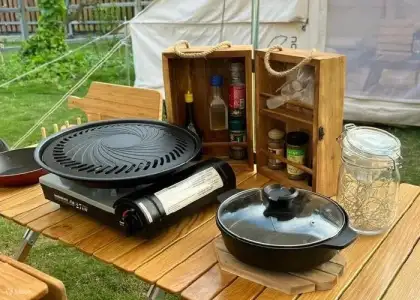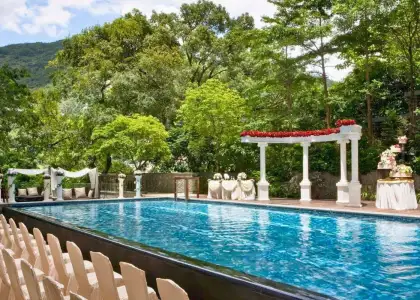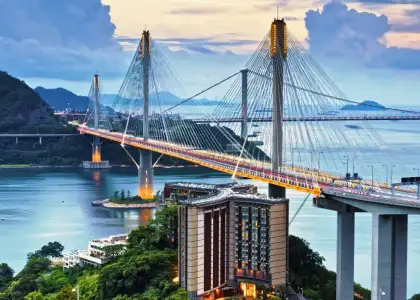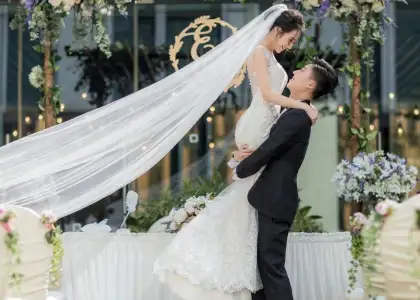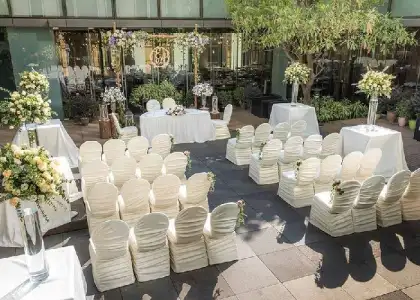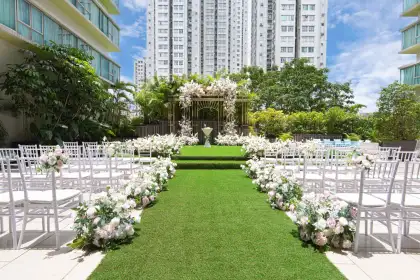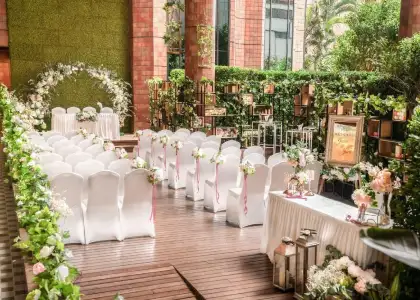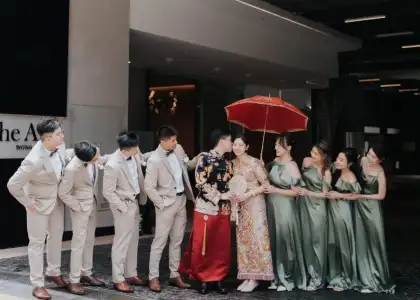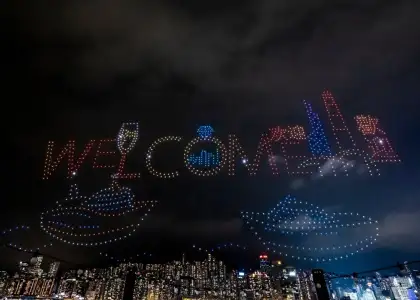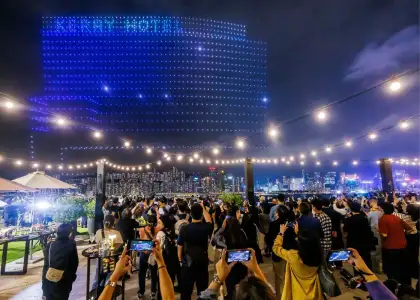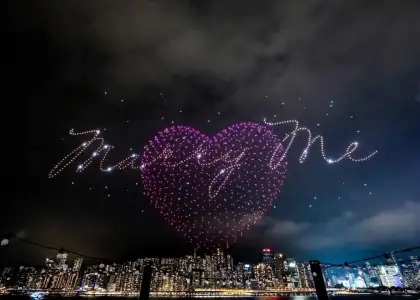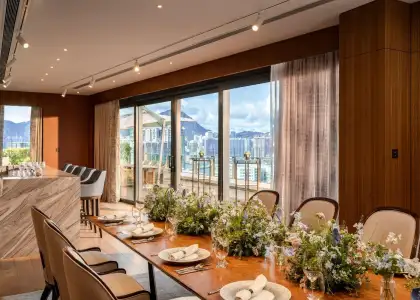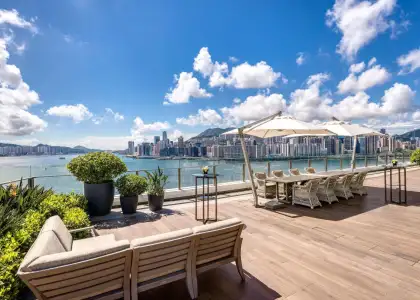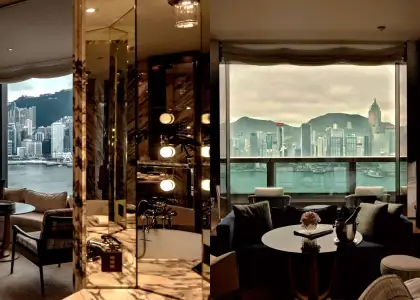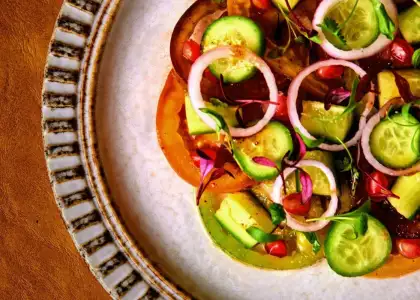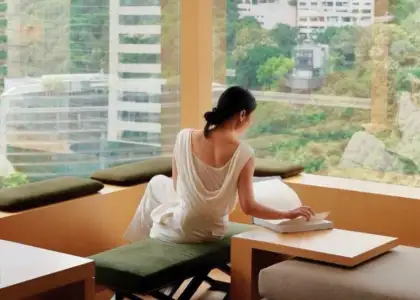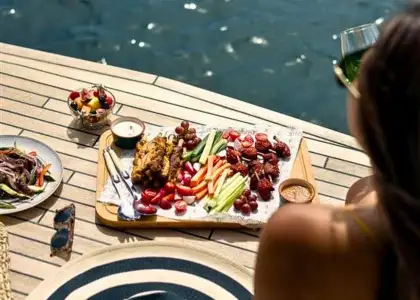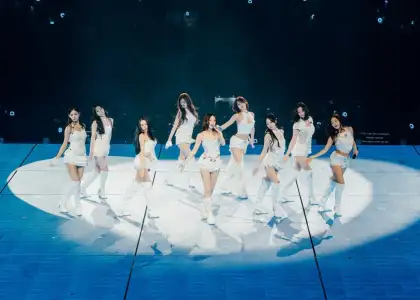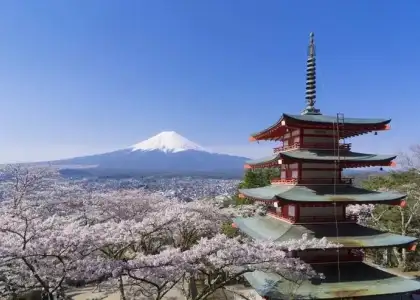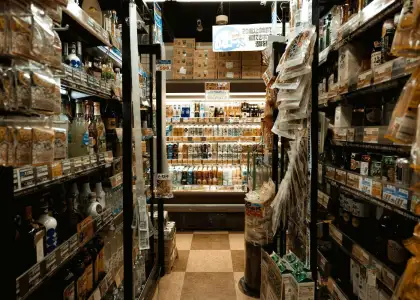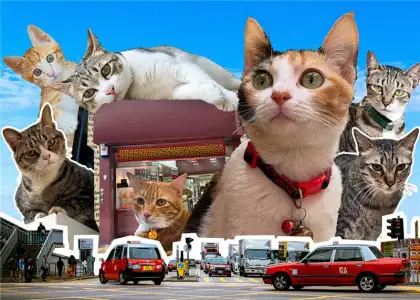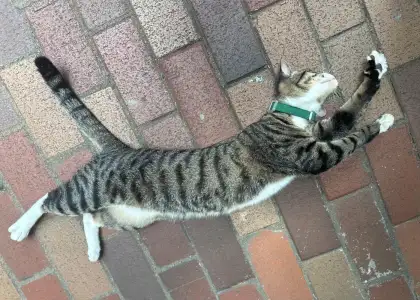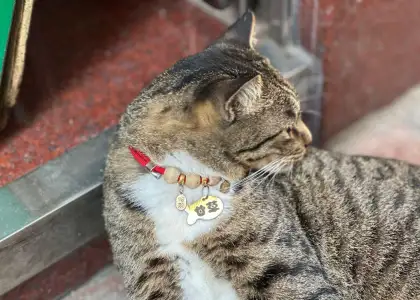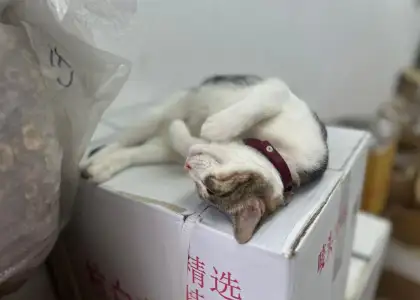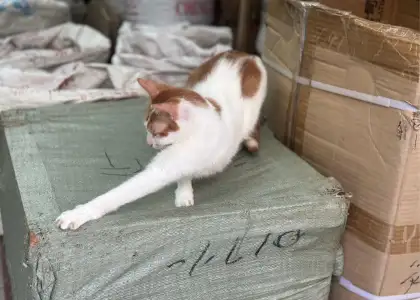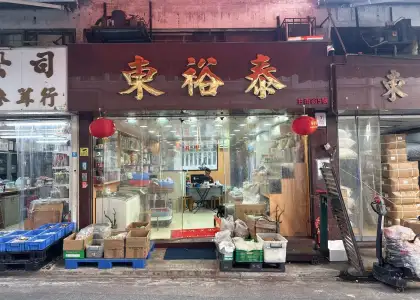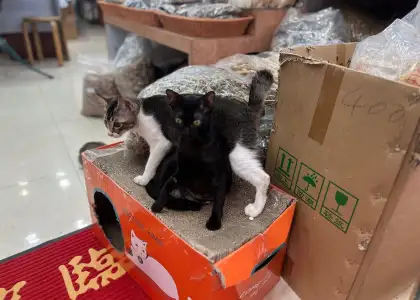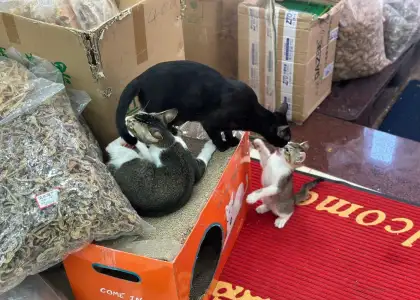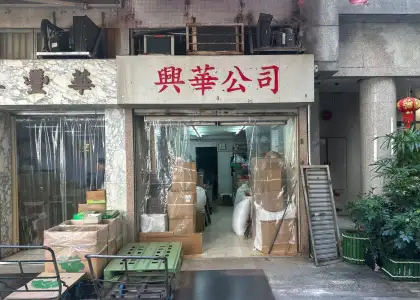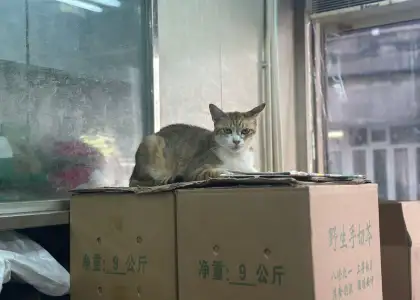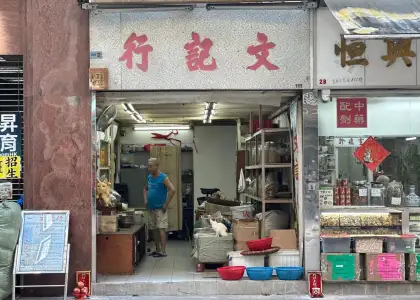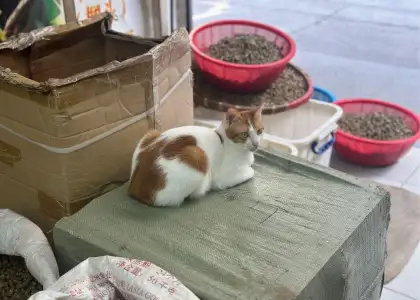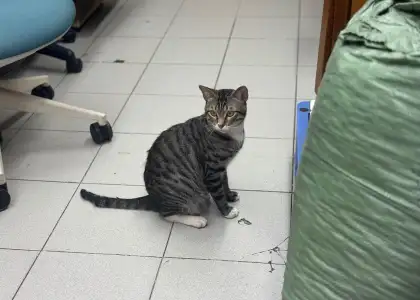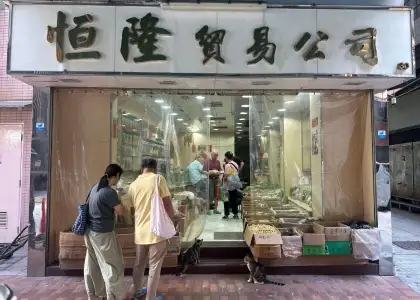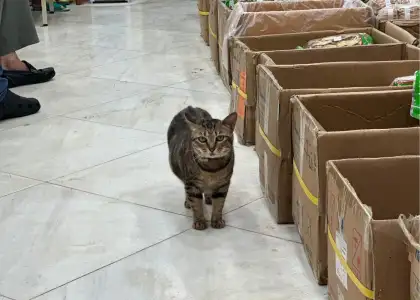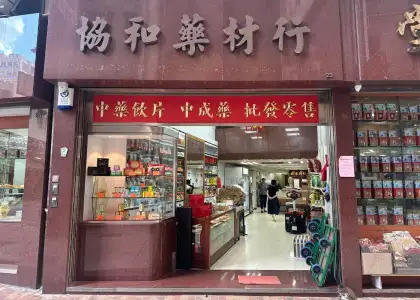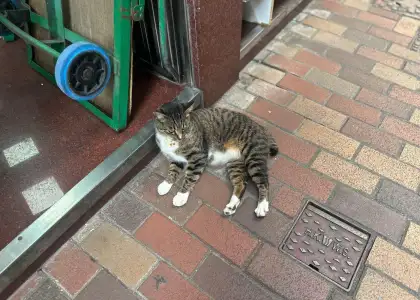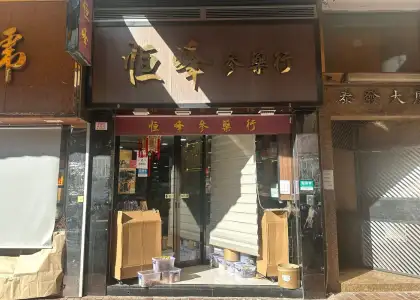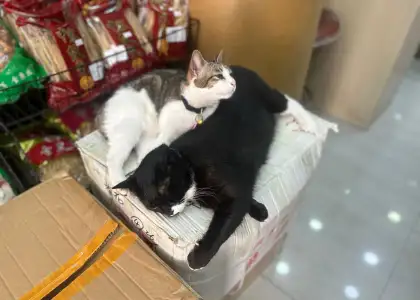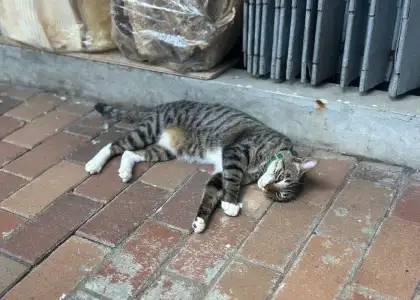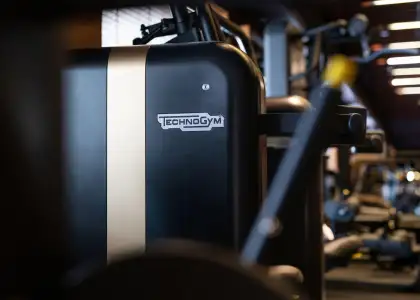Mee & Gee: Hong Kong's Most Popular Secret Thrift Store

Popular amongst housewives, university students, and budgeting immigrants, the Mee & Gee thrift store chain is Hong Kong’s most well-known, yet best-kept secret for ultra-cheap imported vintage clothes.
For some 40 years, Mee & Gee has sold Japanese, North American, and European-imported vintage fare out of their Hong Kong Island and Kowloon stores for prices that no other clothing store in the city can beat.
HK$10 for a blouse or V-neck tee. HK$50 for two coats. HK$19.99 for a Hawaiian shirt. HK$59.99 a pop per Japanese baseball jersey. A pair of Vans for a hundred bucks. Suede leather winter jackets for only K$60. Hong Kongers have flocked to Mee & Gee for years for prices that would make H&M, Uniqlo, and Cotton On envious.
The $10 signs - designed in their iconic sans red font with bold yellow and blue pop outs –- plastered along every one of the 40-year-old chain’s six locations – have become a powerful sign and cultural symbol for Hong Kongers embedded within the thrifting movement.
Their six different stores are tucked away along a side street within Hong Kong’s most familiar pedestrian shopping areas – Wan Chai’s Toy Street, Central’s Lanes, and Mong Kok’s Ladies Market. They are instantly recognizable, among the clutter of umbrellas, fake leather bags, and screaming hawkers, by the red-filled and yellow-outlined big busty $10 sign. It’s become synonymous with the chain’s brand and legacy.
Each store sells the same variations of clothes: Hawaii flower shirts, Japanese baseball jerseys, U.S. army surplus, blouses from China, European leather goods and formal wear, swathes of British casual wear, Korean winter clothes, and some western luxury brands scattered about.

Mee & Gee was founded in the 1980s in Hong Kong, with their first physical store taking shape on the marble streets of Li Yuen West Street in Central in 1984, a short left turn off of Queen’s Road Central’s flagships of Zara, COS, Giordano, and MLB. Whilst clothing stores along the main arterial road stretching from Central Market to the bottom of LKF have endured the social, political, and economic effects from the 1997 handover, 2003 SARS epidemic, 2019 protests, and now the ongoing COVID-19 pandemic, Mee & Gee’s Central location has kept its doors open to this day.
Today, the chain operates in Hong Kong Island and Kowloon: Central, Wan Chai, Tsim Sha Tsui, Mong Kok (55 Tung Choi Street), Mong Kok (64 Tung Choi Street), and Prince Edward. Each location’s opening hours are adjusted depending on the demographic of each area and commuter hours.
Each store has a lingering distinct Mee & Gee “smell” waft throughout the air, irreplicable by their competing fast-fashion challengers: a mélange of musty denim, cardboard, sweat, synthetic cotton, and cheap washing detergent.
The two Mong Kok stores are open from 10 AM to 12:30 AM and 2:00 AM respectively – catering to late-night Ladies Market-goers bargain-hunting. The remaining four stores dotted around south Kowloon and north Hong Kong Island are open until 9 PM/10 PM, catching the after-work crowd of shoppers.
On their website, they claim their main customer base are housewives, domestic helpers, and Hong Kong’s hipsters (文青 man4 ching1) in search of a cheap bargain and thrill. Among these characters, Hong Kong’s fashionistas and designers frequent Mee & Gee in search of foreign inspiration and raw material for creations.

In December 2020, the formerly -analog and traditional owners of Mee & Gee purchased a domain name and opened a website under their Chinese name, 美之時裝入口店 (mei5 ji1 si4 jong1 y ap6 hau2 dim3), to sell specific luxury branded items within their stock, advertise hours and locations, and promote their business online.
Reportedly, the Hong Kong-born Cantonese-speaking owner saw a need to establish a web presence and market their clothes to web users as an alternative to travelling to their physical stores, often crowded in day-time hours.
After almost 40 years of operation in Hong Kong, locals are able to enjoy free shipping of items bought on the site with three to five business days or free pickup from their Tsim Sha Tsui location.
Their Instagram page began in June 2018, featuring select vintage items sourced from Seoul, Tokyo, Hawaii, Los Angeles, and New York, and available for customers to purchase in-store. Posts feature shorts blurbs of the design of the item, a price tag, a long-winded metaphorical story relating to the clothing piece, or nothing at all.
Mee & Gee has not only attracted the young, Western thrifting community, but also the attention from fashion and lifestyle shows on Hong Kong’s airwaves, including TVB, M Play, Viutb, as well as vlogs from award-winning designer Polly Ho and local YouTube collective Pomato 小薯茄.

Despite a growing online platform and interest from local fashionistas, the workers at Mee & Gee remain hostile to interviews with reporters and questions from customers. Blogs recounting experiences shopping at Mee & Gee’s stores in Kowloon have described the staff's brash attitude to detailed questions and nosy customers – if you like it, then pay for it, and if it doesn’t fit, forget about it.
When we travelled to Mee & Gee’s Li Yuen Street West branch, located within Central’s dark and wet side streets hidden away by large green umbrellas and metal sheeting, we were shooed off by the two morning-shift workers who refused to answer our questions on where the clothes are imported from or what their experiences of working at Mee & Gee are like.
They were camera shy and equally denied our simple requests for a shot of them at work. In contrast, the Central location is equipped with seven cameras installed on the two floors. Deterrents in the form of English-Chinese signs are stickied above the racks warning customers who dare to steal that they will be handed over to the authorities.
The Central staff speak little English but the red-blue-and-yellow signs dotted around the stores point customers in the right direction to prices, clothing categories, and how to pay. The stores only recently – in 2019 – have installed credit card machines in their shift to modernity from their old ways.
A customer we met on a Monday morning at Li Yuen Street West, Laxima, 21, studying at HKU Space, is emblematic of Mee & Gee’s stereotypical customer. “I come here once or twice a month to source clothes that are cheaper and are cooler [sic] than stores elsewhere.”
“There’s nothing like it that compares. They recycle their collection often and you find such gold within the stores. I’ve been coming here for years.”

Mee & Gee to this day holds a venerable cult-like obsession with every customer who has an hour or two on hand to browse through the racks of jeans and shirts, sifting through to find gold. Any budding and nifty shopper scared of the prices and cleanliness of the high street will be the first to recommend Mee & Gee as your go-to for solid “garms.”
The name places high on the list of every Googled listicle of the best thrifting stores in Hong Kong. Veterans of the thrifting community, young or old, are well acquainted with the magic of the chain. An escape from the glitzy glamour of Hong Kong’s high-street fashion and a source of vintage and second-hand clothing that Hong Kong certainly lacks (as compared to London, Tokyo, or New York).
One online review of Mee & Gee described the chain as a “bizarre landmark for shopping in Hong Kong, a vintage saint.”
Hong Kong has undergone a complete transformation since 1983. The birth of the MTR Island line in 1986, political handover to the PRC in 1997, open to foreign markets in the early 2000s, a viral epidemic, a political occupation, a global pandemic, and a Hong Kong modernized and clean. Yet, Mee & Gee has remained the same. A set of stores teeming with flashy signs, the finest of cheap imported vintage clothes, rainbow colors, Cantonese and Tagalog chatter, and humidity filling the air.

Subscribe to The Beat's newsletter to receive compelling, curated content straight to your inbox! You can also create an account with us for free to start bookmarking articles for later reading.
